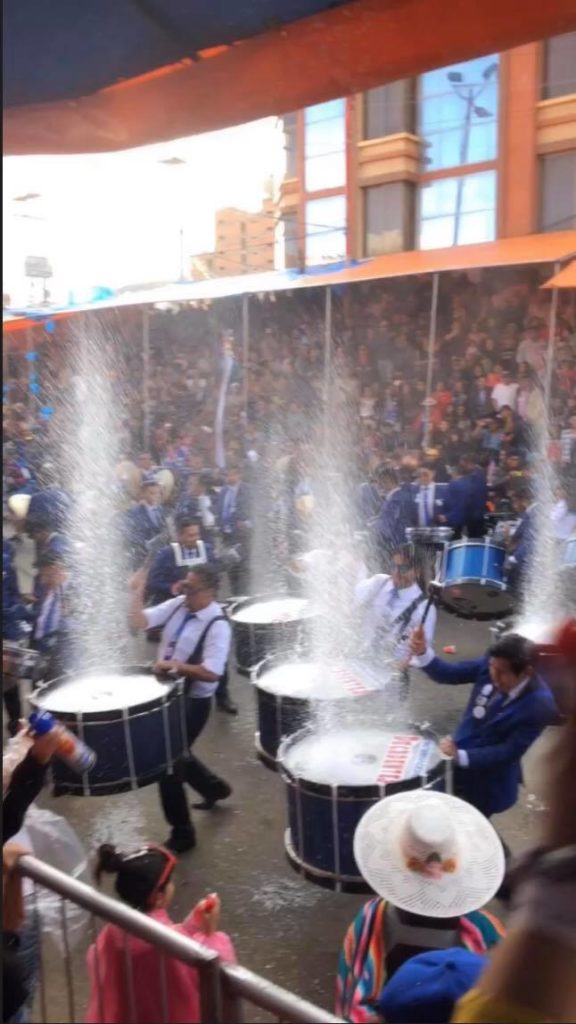Today marks the day I have officially been in Cochabamba, Bolivia for an entire month. February always seems to go by too fast, and this past month abroad has only confirmed this thought. While being abroad and navigating through a new city, I have experienced both culture shock and the reality of how difficult a language barrier can truly be.

Two days ago, I arrived back from Oruro where I attended Carnaval. Carnaval in Oruro is the most travelled to location since it is known for hosting the best Carnaval in all of Bolivia. Although there are various celebrations during the days and weeks before Carnaval, the day truly starts around 7am on Saturday morning and continues into the very early morning of the next day. This year, Carnaval in Oruro was on March 2nd.
In this Carnaval, there were 60,000 dancers. It was amazing to see the devotion of women dancing in the largest heels you’ve ever seen, bands playing for hours upon hours, and people in heavy costumes of bears, jokers and devils dancing under the beating sun. Before this trip, I learned about the many types of dances and musical forms from different regions across Bolivia which were amazing to see with my own eyes.


During this trip, I also learned about the importance of Carnaval to Oruro. This city depends on the one weekend of Carnaval to sustain the economy by relying on traveling tourists and other festivities. During the non-Carnaval season, new costumes are made throughout the year since they are never worn more than once. In Oruro, Carnaval is the one weekend during the entire year where the city transforms and comes alive.

The dedication of everyone involved at Carnaval was truly amazing in both the energy of the performers and the crowd. My own experience at Carnaval started at 8am and concluded at 9pm this past Saturday. During the day, I watched the happiness of the crowd continue to grow as the day went on; noise makers, water fights, and spraying foam were out of control. As I left that night riding away on the bus back to Cochabamba, I was only imagining what the crowd would be like at 4am the next day.
However, the party never ends. Today has been another celebration known as Martes de Ch’alla, always taking place on the Tuesday after Carnaval. While spending time with my host family today, I learned that this was the day to appreciate la pacha mama (Mother Earth). During lunch, we ate a special meal called the puchero. From what I could tell it was a dish that consisted of meat, cabbage, chickpeas and rice served in a broth of soup; a very typical dish to eat during Carnaval.
The most important part of the day was the presentation of the K’oa. An aymaran word, from the indigenous culture Aymara, which consists of a tradition that has been adapted to perform in homes on this day for good luck. My host mom started the K’oa by lighting coals on top of the gas stove and placing them into a sort of cauldron compiled with newspaper and confetti. Shortly after the compiling was lit on fire by the coals, the cauldron was brought into every single room of the house in order to honor la pacha mama.


When the ceremony was finished, we spent the afternoon chatting, listening to the music of Carnaval, and watching the flame extinguish from the cauldron. My host mom explained that today is traditionally the day when Carnaval ends since it is the day before Ash Wednesday and when Lent begins. After all of the extravagance during Carnaval, the days of Lent are meant to be a sacrifice of some sort; typically a food or drink. Despite the traditional way to formally end Carnaval, my host mom expressed that the party never stops, and that Carnaval is far from over. In Bolivia, Carnaval is really spread out across two weeks to a month, giving people the opportunity to travel to different places. In fact, you can find me at Carnaval in Cochabamba this weekend!
Comments are closed.